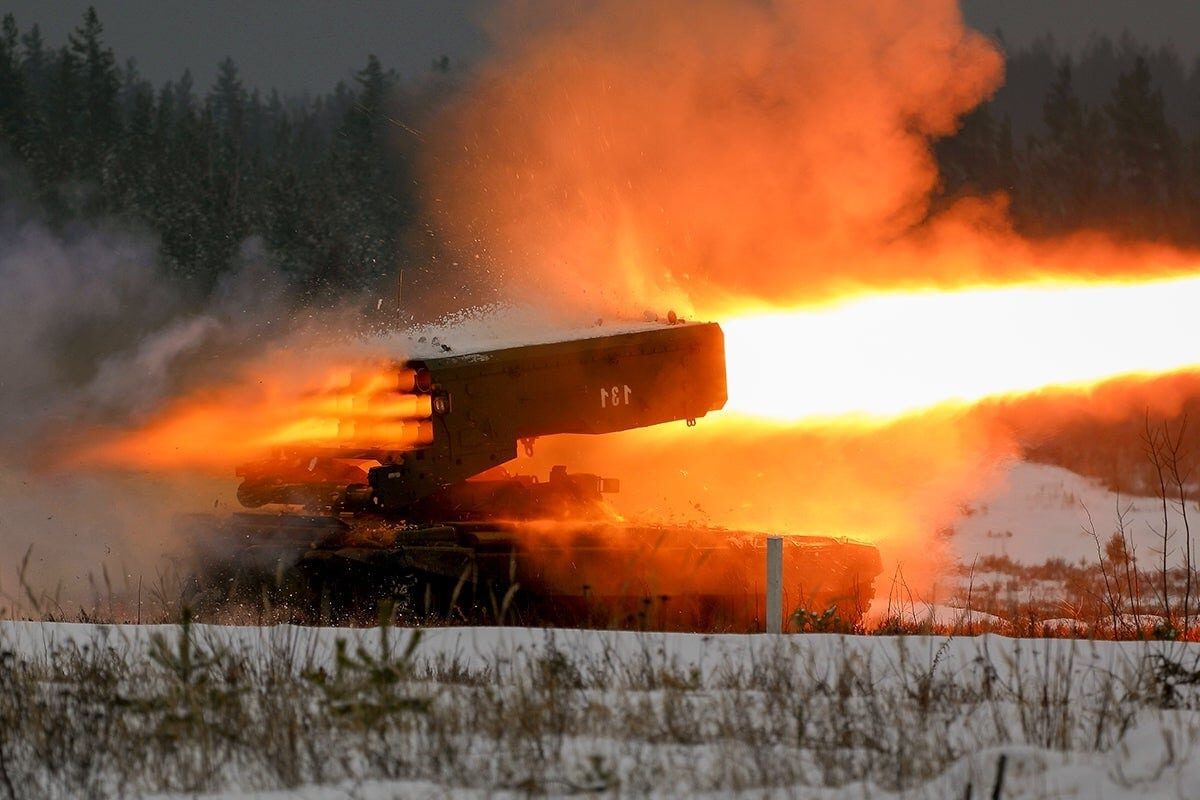The Kremlin’s highly touted T-14 Armata main battle tank and Sukhoi Su-57 fifth-generation stealth fighter have seen little action during the war in Ukraine. It is widely speculated that Moscow has lost its confidence in the platforms and understands that any losses would be a propaganda coup for Kyiv and the West.
What Russia has not held back are its highly feared Spetsnaz special forces. Yet perhaps keeping these highly trained units from the frontlines would have been wise. According to reports earlier this year, these elite formations have taken heavy losses, and for dubious gains — they have made no more progress than the regular Russian Army.
According to a report from The Washington Post, which cited U.S. assessments of the Kremlin’s Special Forces following a leak of classified documents on the Discord social messaging platform, it could take years for the Russian military to replenish its clandestine units. One Spetsnaz brigade was believed to have lost nearly 800 out of 900 troops.
Treated Like Cannon Fodder
The Spetsnaz and other special operations forces might have been assigned missions that should have gone to conventional units, notably assaults on hardened Ukrainian positions in the early stages of the war. The focus on creating those elite teams also stripped the regular infantry of some of its best soldiers.
“The lack of effective line infantry units caused Spetsnaz units to be deployed mostly as light infantry, which also led to a high level of casualties among these units. Far fewer Spetsnaz were therefore available for special forces missions,” the UK’s Royal United Services Institute said in a scathing report last spring.
Spetsnaz units were first created in the early 1960s. They were trained in sabotage, assassination, and other missions meant to disrupt NATO defenses in the event of a war in Europe, Insider reported. The Spetsnaz were distinct from Western special operators in that the Russian focus was on special tasks, rather than on the troops being truly elite like those of the British Army’s Special Air Service, the U.S. Navy SEALs, or the U.S. Army’s Green Berets and Rangers.
It was only in the past decade that Russia truly embraced the Western concept of a special operations force. Then it squandered those troops in the opening stages of the war in Ukraine.
The Kremlin was so confident in a quick and easy victory that it didn’t employ the units quickly to support the airborne assault on Kyiv. When that attack faltered and tank assaults stalled, the Spetsnaz and other elite units — including paratroopers and naval infantry — were called in as assault troops. They operated as light infantry. That has been sound doctrine in past wars, but these units were ill-suited to a modern conflict where they faced a well-equipped defender.
As a result, elite units became cannon fodder.
At the same time, by bolstering the number of special units, the Russian Army was forced to tap the best and most trained troops from its regular infantry. Without combat veterans to help lead and rally the green and less experienced soldiers, Russian casualties quickly mounted.
Forlorn Hope – a Hopeless Defense
More recently, other elite troops, including VDV Airborne Forces, have been deployed to hold the line. This, again, is not the best use of such troops. It is almost reminiscent of the forlorn hope tactics of the 18th and 19th centuries, where units were tasked with impossible missions, including futile attempts to hold a line.
“This lateral redeployment further suggests that Russian forces may be using relatively elite units to reinforce critical sectors of the frontline,” the Institute for the Study of War, a Washington-based think tank, said in a late-August assessment.
“The Russian military command has consistently relied on VDV formations as both an offensive and a defensive force and they are likely degraded from their high operational tempo,” ISW added. “The degradation of these forces will likely weaken Russia’s ability to sustain complex defensive operations and almost certainly disrupt any Russian intent to resume offensive operations at scale, which have predominantly relied on relatively elite infantry that Russia now lacks.”
Ukraine claimed this week that three other elite Russian units — the 72nd Motor Rifle Brigade and the 31st and 83rd Air Assault Brigades — took heavy losses in recent fighting near the destroyed city of Bakhmut. The Kremlin is clearly desperate to hold a city that it struggled to take in the spring, but the cost in elite forces may prove too high.
State of the Russian Elite? Not All That Special
It is unclear how many Spetsnaz or other elite units are still in the fight, but it could take years to bring those forces back to operational strength. Moscow can ill afford to use its best troops to train its recruits, but it also can’t afford not to do so.
It takes experienced soldiers to properly train those who will go to the front next. Yet Moscow simply doesn’t have enough men to conduct the training, nor does it have the time that it takes to train elite forces. Instead, it is sending more recruits to the front with little training.
About the only thing that still makes some of these units “elite” is their insignia.
Author Experience and Expertise
A Senior Editor for 19FortyFive, Peter Suciu is a Michigan-based writer. He has contributed to more than four dozen magazines, newspapers, and websites with over 3,200 published pieces over a twenty-year career in journalism. He regularly writes about military hardware, firearms history, cybersecurity, politics, and international affairs. Peter is also a Senior Contributing Writer for Forbes and Clearance Jobs. You can follow him on Twitter: @PeterSuciu.

